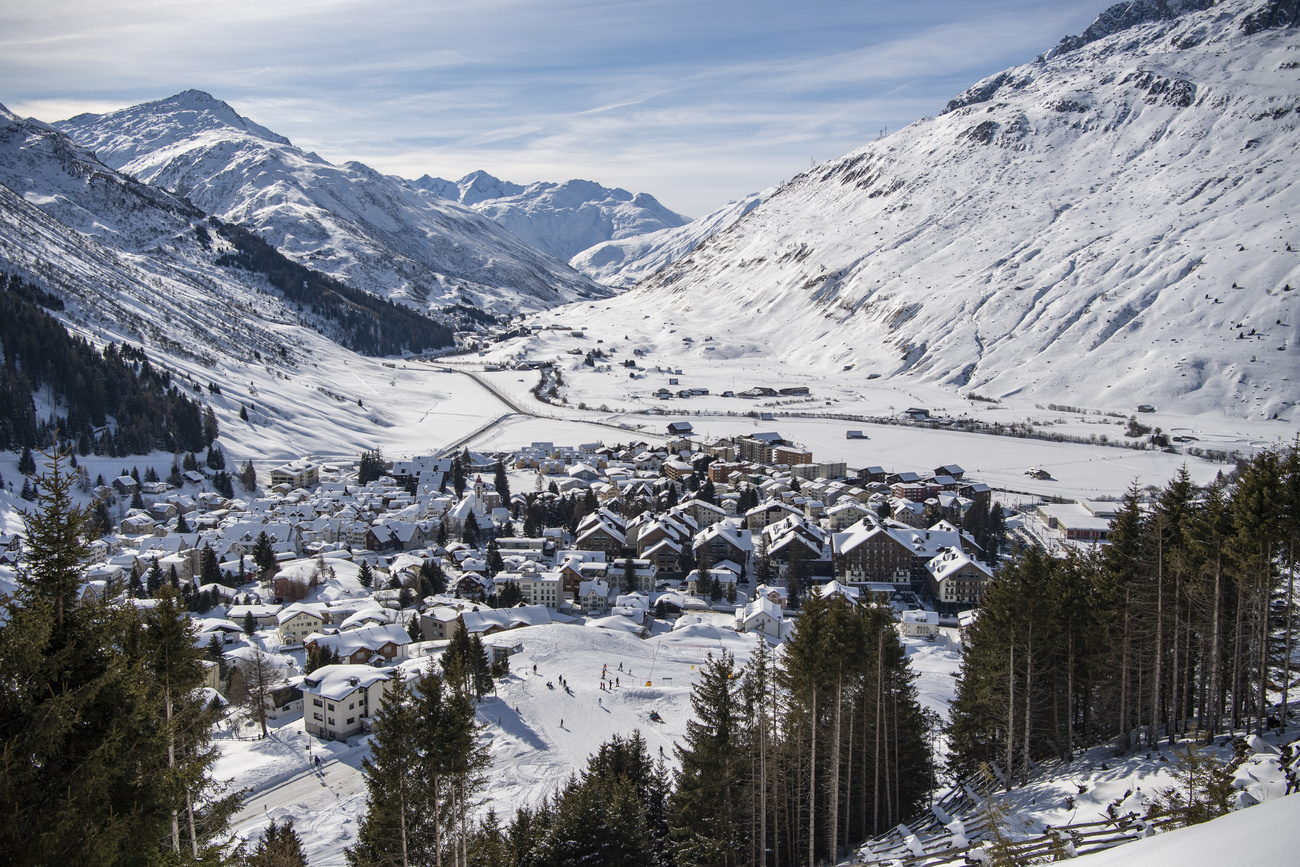Swiss tornado tracker has his hands full at home

When people think of tornadoes, it is the giant twisters of the United States which generally spring to mind. But tornadoes regularly occur in Switzerland and scientists in Zurich are busy forecasting their arrival.
A tornado is a violently rotating column of air which can cause tremendous destruction and achieve wind speeds of more than 400 kilometres an hour.
They are not normally a phenomenon associated with Switzerland but they are more common here than most people think, according to tornado researcher, Willi Schmid, of the Federal Institute of Technology in Zurich.
“At least one to three moderate to heavy tornadoes occur every ten years in Switzerland and smaller tornadoes can strike two to three times a year. They are mainly seen in the Jura mountains in north-western Switzerland but also occasionally in northern Switzerland along the river Rhine.”
These regions are more prone to tornadoes because they are hilly and have regular thunderstorms. It has long been known that thunderstorms spawn tornadoes, although experts still do now know exactly how.
This century alone, tornadoes have caused considerable damage in Swiss forests, leaving paths of broken trees in their wake.
“There was a really big tornado in the Jura mountains in 1971,” said Schmid. “That tornado left a path of destruction, 25 kilometres long. Fortunately it was mainly in the forest. One or two houses were also damaged but no-one was killed because the tornado passed through uninhabited countryside.”
Schmid’s research is particularly concerned with radar meteorology and short-term forecasting of violent weather patterns. Schmid said the canyoning accident near Interlaken, in 1999, in which 21 people were killed, might have been avoided with the sort of forecasts he and his team can provide.
“After the accident, we made a detailed analysis of the radar pictures,” said Schmid. “They told us that a thunderstorm was approaching that region and it was visible about one to one and a half hours in advance.”
“That means the risk of heavy rainfall in that region could be anticipated from the radar data and it would have been possible to issue a warning. Obviously this analysis was made after the event but I think it’s a lesson for the future.”
by Vincent Landon

In compliance with the JTI standards
More: SWI swissinfo.ch certified by the Journalism Trust Initiative









You can find an overview of ongoing debates with our journalists here . Please join us!
If you want to start a conversation about a topic raised in this article or want to report factual errors, email us at english@swissinfo.ch.